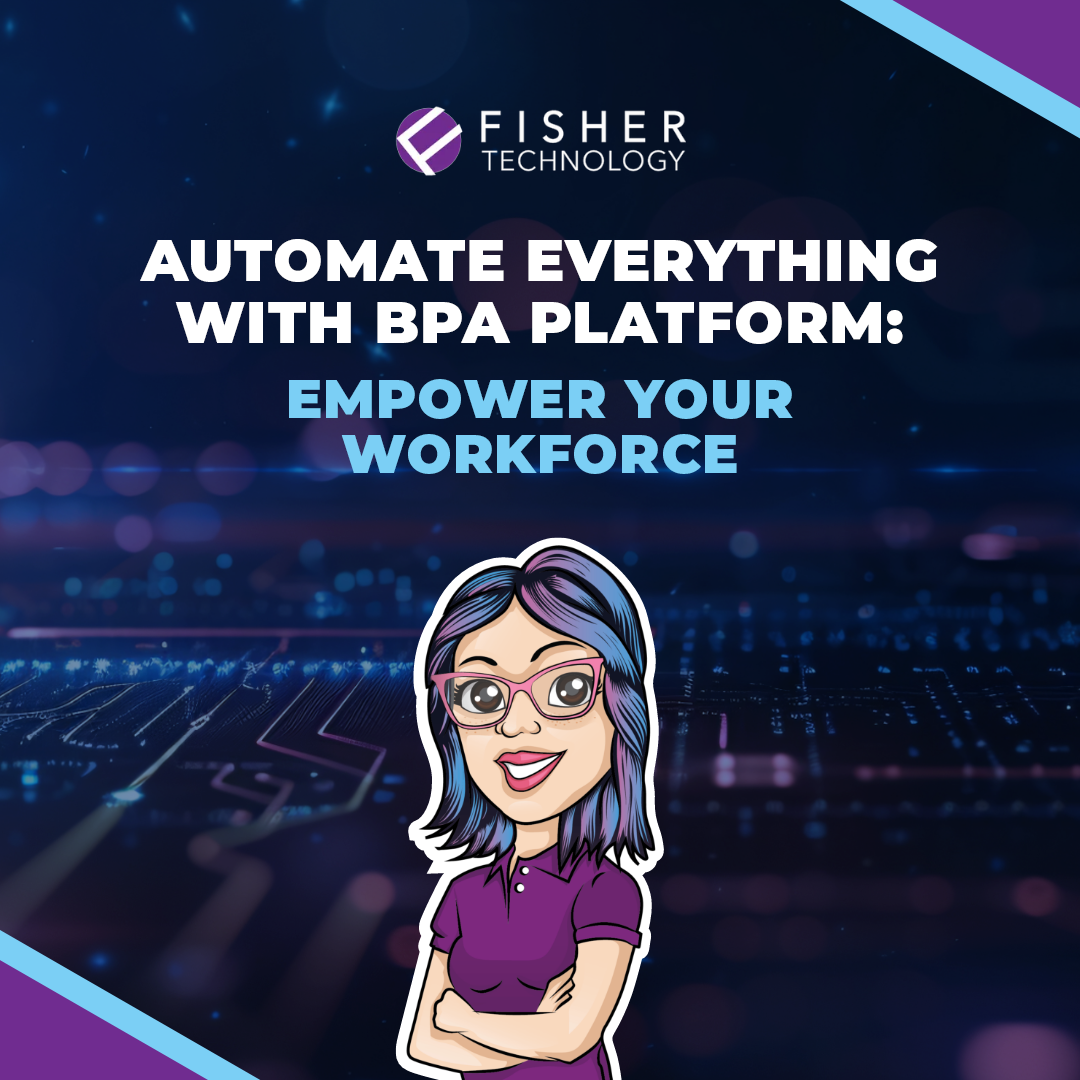BPA Integration Platform: Seamlessly Connect Your Enterprise Applications
Integration with BPA Platform: Seamlessly Connect Your Enterprise Applications
Businesses have become increasingly reliant on a myriad of software applications to manage their operations. From Customer Relationship Management (CRM) systems to Enterprise Resource Planning (ERP) software, each tool serves a specific function but often operates in isolation. This can lead to fragmented workflows, duplicated data, and inefficiencies.
Enter BPA Platform—a game-changing solution designed to seamlessly connect your enterprise applications. Below we explore the challenges of integrating enterprise applications, highlight the features and benefits of the BPA Platform, and discuss why this platform is a must-have for your business.
The Challenge of Integrating Enterprise Applications
Integrating multiple enterprise applications is no small feat. Many organizations grapple with systems that fail to communicate effectively, leading to data silos and operational bottlenecks. This can hinder productivity and delay decision-making processes. Understanding the root of these integration challenges is the first step towards crafting a cohesive and efficient digital infrastructure.
• Fragmented Workflows
One of the most significant challenges businesses face is managing fragmented workflows. When different departments use various software applications that don't communicate with each other, it leads to inefficiencies and errors. For instance, your sales team might use a CRM system, while your finance team relies on an ERP solution. Without seamless integration, transferring data between these systems becomes a manual and error-prone task.
• Data Duplication
Data duplication is another common issue. When information is stored in multiple locations, it complicates data management. Imagine updating a customer’s contact information in your CRM but forgetting to do the same in your email marketing tool. This inconsistency can lead to communication mishaps and a poor customer experience.
•Inconsistent Data Reporting
Inconsistent data reporting can hinder decision-making processes. Different applications may store data in varied formats, making it difficult to compile comprehensive reports. This lack of unified data can lead to misguided business strategies and missed opportunities.
The Need for a Seamless Solution
As organizations strive for efficiency and accuracy, overcoming the challenges posed by disconnected systems is key for success. By adopting BPA Platform, businesses can address the following challenges head-on, providing a cohesive and robust framework for all their integration needs.
• Streamlining Operations
A seamless integration solution can streamline operations by ensuring all systems communicate effectively. This eliminates the need for manual data entry and reduces the likelihood of errors, freeing up valuable time for your employees to focus on strategic tasks.
• Enhancing Data Accuracy
Accurate data is the backbone of any business decision. An integration platform ensures data consistency across all applications, providing a single source of truth. This not only improves data accuracy but also enhances the reliability of your business reports.
• Improving Customer Experience
A seamless integration solution can significantly enhance the customer experience. When all your systems are interconnected, customer data flows smoothly from one application to another. This enables personalized interactions and timely responses, boosting customer satisfaction and loyalty.
Features and Benefits of the BPA Platform
BPA Platform offers a wide range of features designed to make enterprise application integration effortless and effective. By leveraging advanced technologies and intuitive interfaces, this platform provides businesses with the tools they need to bridge the gaps between disparate systems. Below, we delve into the key features and benefits of BPA Platform, demonstrating how it can transform your business operations and drive success.
• Benefits for End Users
The BPA Platform offers numerous benefits for the end user, significantly impacting their day-to-day operations. One of the most prominent advantages is the substantial amount of time saved through automation. By automating recurring tasks and processes, businesses can free up employees to focus on more strategic, high-value activities. This not only increases productivity but also reduces the potential for human error, ensuring that tasks are performed consistently and efficiently.
Operational bottlenecks, which often plague many businesses, are effectively addressed with the BPA Platform. By streamlining workflows and ensuring seamless integration between different applications, the platform eliminates delays that occur due to manual intervention or system inefficiencies. Furthermore, BPA Platform offers significant improvements to internal processes. This leads to better decision-making, as timely and precise information is readily available. In essence, the BPA Platform not only optimizes current processes but also provides a scalable foundation for future growth.
Benefits for Technical Consultants
- Intuitive Graphical User Interface: BPA Platform boasts an intuitive graphical user interface that simplifies the integration process. With clearly defined windows and icons, consultants can easily create automated processes using a drag-and-drop feature. This user-friendly interface makes it accessible for consultants of all technical levels.
- Pre-Built & Generic Web Service Connectors: BPA platform offers pre-built connectors that allow rapid integration with little coding required. These connectors are designed to facilitate quick and easy connections between popular business applications. The platform also provides generic web service connectors; these connectors are designed to be versatile and adaptable, ensuring that they can seamlessly integrate with a wider range of business applications. This flexibility ensures that the platform can meet the unique needs of your business.
- Data Mapping & Transformation Tools: One of the standout features of BPA Platform is its customized mapping capabilities. This feature allows you to connect different data sources and then read and/or write data between them to ensure better data accuracy and analytics, helping to improve decision making and business management.
Integrate with Fisher Technology
The BPA Platform provided by Fisher Technology stands out as a versatile and powerful solution designed to address the challenges of integrating enterprise applications. Its pre-built connectors, advanced API connections, and intuitive graphical user interface make it an invaluable tool for businesses looking to integrate and automate. Whether you're looking to integrate your ERP and CRM or your eCommerce and payment gateway, this platform has you covered. Ready to transform your business with seamless integration? Reach out to us today for a demo and discover how BPA Platform can revolutionize your operations.




